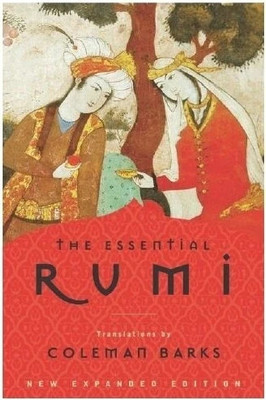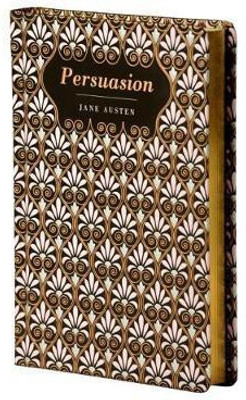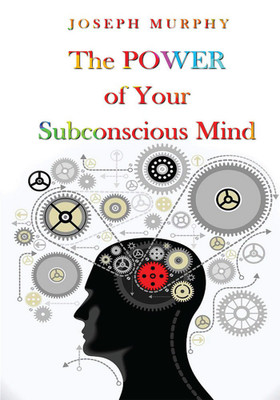

G.O.A.T Sale ends in14 hrs : 55 mins : 32 secs
Comparative Grammar of the Languages of Further India; A Fragment and Other Essays (English, Paperback, Smith-Forbes Charles James Forbes)
Price: Not Available
Currently Unavailable
Highlights
- Language: English
- Binding: Paperback
- Publisher: Rarebooksclub.com
- ISBN: 9780217566506, 0217566502
- Edition: 2009
- Pages: 44
Description
This historic book may have numerous typos and missing text. Purchasers can download a free scanned copy of the original book (without typos) from the publisher. Not indexed. Not illustrated. 1881 Excerpt: ...the Shan and the Khamti have entirelyomitted them from their system. It is clear that the alphabets which contain the Pali-Sanskrit elements most completely are the nearest to the fountain head, and could not have been derived from the more imperfect forms. There is a resemblance so striking in one peculiarity of the Mon and Cambodian writing that this in itself goes far to show the intimate connection between the languages. It is the division of the consonants into the surds and sonants with a different effect on the inherent vowel. In the Cambodian this is the more pronounced and uniform; every sonant has an inherent o involved in its formation, instead of the inherent vowel a belonging to the surds in this, and common to both surds and sonants in Burmese, Shan, Tibetan and kindred languages. In Mon the same division of the consonants is made, and when a sonant is followed by a final consonant without a vowel symbol the inherent vowel has the sound of 5. When a sonant stands alone the inherent vowel has a sound nearly resembling the French ea, the two syllables pronounced shortly together and yet distinct. The Siamese, which has undoubtedly borrowed its system of writing from the Cambodian, adopts o as the inherent vowel throughout the alphabet. PART III. COMPARATIVE GRAMMAR OF THE MON-ANAM FAMILY. SECTION I. Vowels.--Table of vowels.--a and d, i and i, u and ii, e and S, o.--Mon diphthongs.--The Pali anusv&ra and visarga. Consonants.--The whole Pali system adopted.--Additional characters.--Table of consonants.--Permutation of surds and sonants.--Gutturals.--Palatals.--Dentals.--Labials.--' Semi-vowels.--Initial and final consonants.--Double consonants. Roots.--Monosyllabic, how explained.--Anamese tones.--Double consonants in Mon and Cambodian.--Compo..
Read More
Specifications
Book Details
| Imprint |
|
| Publication Year |
|
Dimensions
| Width |
|
| Height |
|
| Length |
|
| Weight |
|
Be the first to ask about this product
Safe and Secure Payments.Easy returns.100% Authentic products.
Back to top






